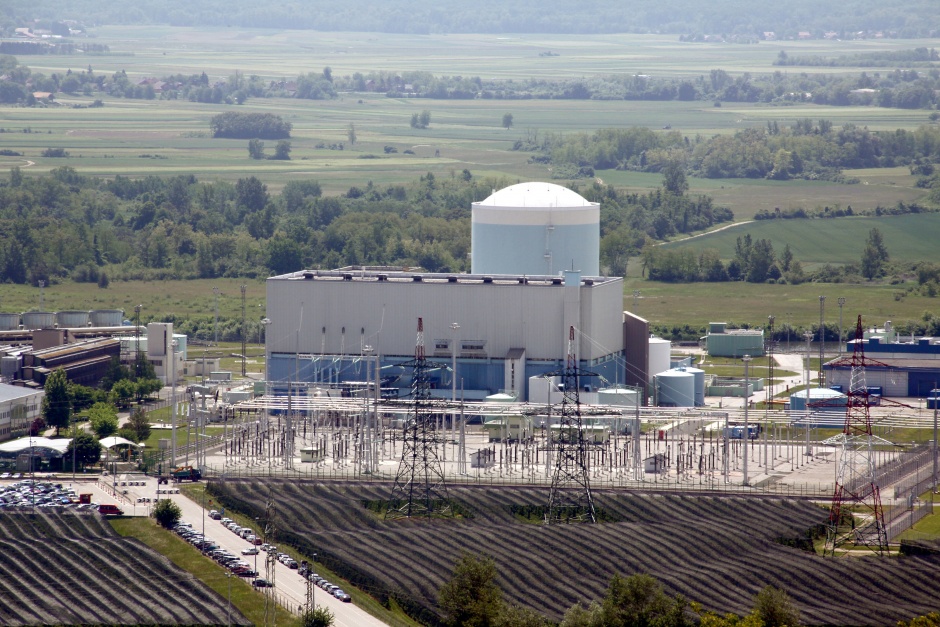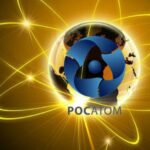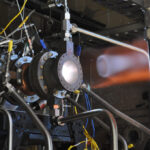

It seems 3D printing is touching every single industry under the sun these days, including nuclear power plants. Regardless of how you feel about them, they do exist, and they are here to stay. It’s important to continue researching ways that additive manufacturing technology can benefit power plants, as the advancement of metal additive manufacturing can help produce components for these facilities in a more secure way. This summer, the US Department of Energy tapped GE to lead a $2 million additive manufacturing research project that’s relevant to advanced nuclear technology, and Russia’s nuclear energy corporation, Rosatom, is working to develop the first industrial metal 3D printer for the country’s nuclear industry. Today, global technology powerhouse Siemens announced that it has completed the first successful commercial installation, and continuing safe operation, of a 3D printed part inside a nuclear power plant.
This milestone is a nuclear industry breakthrough: the nuclear sector obviously has incredibly exacting reliability and safety requirements, so the fact that a 3D printed part made it through these standards is a big accomplishment. The 3D printed replacement part was produced for a plant that’s been in operation for over thirty years in Slovenia, the Krško Nuclear Power Plant (NEK).
In terms of safety, this power plant is ranked one of the highest of all European nuclear power plants by the European Nuclear Safety Regulators Group (ENSREG), an independent, expert advisory group. The Krško plant is of critical importance to the region, because it provides over 15% of Croatia’s power and more than 25% of Slovenia’s. This isn’t the first time Siemens has worked with the plant: the company has provided service and performed modifications on its non-nuclear side, including turbine and generator equipment, for over a decade.
The part Siemens worked with is a metallic impeller, with a diameter of 108 mm, for a fire protection pump that operates in a constant rotation and provides pressure for the plant’s fire protection system. The original impeller is pretty old: it’s been in use since the plant was commissioned back in 1981. The manufacturer of the original impeller isn’t even in business anymore, which made this obsolete, non-OEM part the perfect additive manufacturing test subject. As the original design is “virtually impossible” to get, additively manufacturing it allows older plants, like NEK, to continue operating. A team of Siemens experts in Slovenia reverse-engineered the part, and created a “digital twin.”

The Siemens state-of-the-art additive manufacturing facility in Finspång, Sweden, which opened a little over a year ago and marked the company’s first foray into metal additive manufacturing, 3D printed the impeller.
Tim Holt, CEO of Siemens Power Generation Services division, said, “We continue to push forward our investments and cutting-edge advancements in additive manufacturing and 3D printing. This achievement at the Krško nuclear power plant is another example of how the digital transformation and the data-driven capabilities we have are impacting the energy industry in ways that really matter. Additive manufacturing’s reduced lead times and faster production optimizes parts replacement and creates real value for our customers.”
In order to meet quality and safety assurance requirements, and make sure that the part would perform, the 3D printed impeller was put through extensive testing over several months, in collaboration with the operations team at the Krško plant. A CT scan and additional material testing took place at a separate, independent institution, and demonstrated that the 3D printed impeller’s material properties outmatched those of the original part.
“The better than expected performance of this 3D printed part gave us confidence that we can reach the full life expectancy from our asset. Siemens has a long history of innovation in this area and their dedication to providing their customers with the latest, proven innovations made them an excellent partner for this project,” said Vinko Planinc, Head of Maintenance at the Krško plant.
The Krško plant and Siemens are already looking for ways to advance the design of other parts that are hard to make with traditional manufacturing techniques, like lightweight structures that have improved cooling patterns. Discuss in the Siemens forum at 3DPB.com.
[Sources: Siemens, The Engineer]
If you're looking to request photorealistic CGI in the USA, our service offers an easy and efficient way to get stunning, lifelike renderings for your architectural and real estate projects. Through our platform, you can quickly request high-quality CGI images that accurately capture the essence of your designs. Whether it's for a residential or commercial property, our experts specialize in creating realistic 3D renderings that highlight every detail, bringing your vision to life with exceptional clarity and precision.
Through our website, requesting photorealistic CGI becomes a seamless experience. With our help, you can get highly detailed 3D visualizations that look just like photographs, providing a realistic representation of your project before it's even built. Our team ensures that every element, from textures to lighting, is meticulously rendered, giving you an impressive, lifelike result that will leave a lasting impact on your clients and stakeholders.






Leave a Reply
You must be logged in to post a comment.